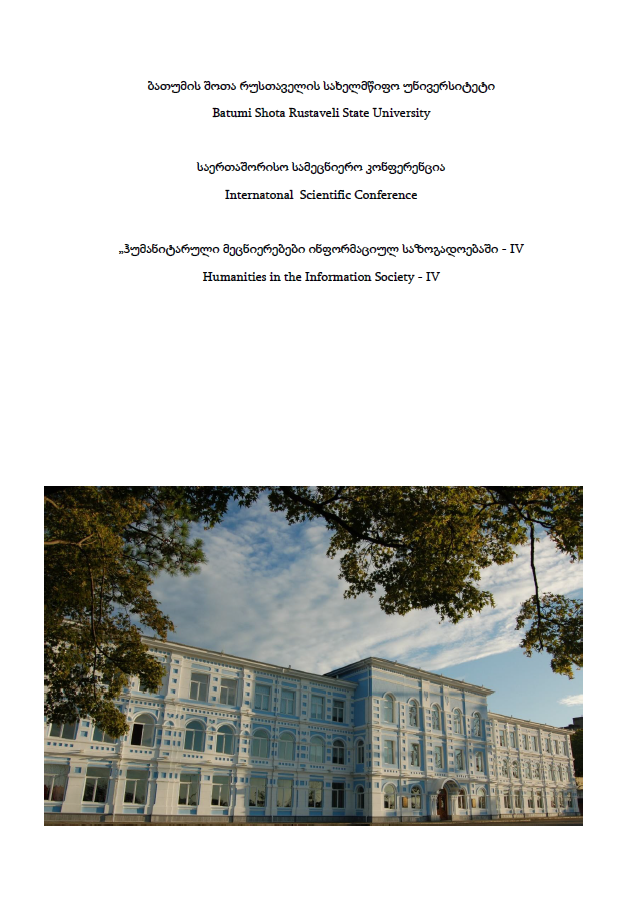Femicide in Georgia
Main Article Content
Abstract
This paper examines the issue of femicide in Georgia, offering a comprehensive analysis of its prevalence, forms, and the individual, socio-economic, and cultural factors associated with it. The study primarily employs media content analysis, focusing on how femicide was reported in the media during 2021–2022.
For the first time, the research applied the quantitative methodology of the European Femicide Monitoring Methodology, revealing that the proportions of women killed in Georgia—particularly in the context of domestic violence and by intimate partners—mirror global trends. These patterns underscore the gendered nature of these crimes.
The study also identifies several contributing factors, such as prior institutional involvement before the crime, which have not been captured by existing national data systems. This insight enriches our understanding of femicide’s underlying causes. Analysis of cases in the EOF database highlights the need for systematic collection of additional information to deepen knowledge of femicide cases and to inform the development of more effective prevention strategies.
The research underscores the urgent need for evidence-based policymaking, robust data collection, stronger legal protections, and cultural transformation toward gender equality in Georgia. It contributes to the global discourse on femicide and lays the groundwork for future research and interventions aimed at eradicating gender-based violence.
Additionally, the study notes a growing media focus on femicide, as reflected in the increased coverage of femicide as a social issue and the broader use of the term itself. This positive shift is attributed in part to awareness-raising initiatives supported by international organizations and donors.
